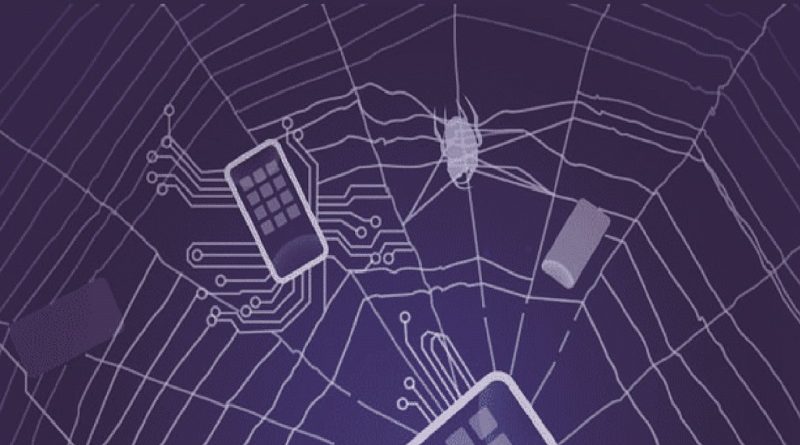Similarity Analysis of Single-Vendor Marketplaces in the Tor-Network
Single-vendor shops are darknet marketplaces where individuals offer their own goods or services on their own darknet website. There are many single-vendor shops with a wide range of offers in the Tor-network. This paper presents a method to find similarities between these vendor websites to discover possible operational structures between them. In order to achieve this, similarity values between the darknet websites are determined by combining different features from the categories content, structure and metadata. Our results show that the features HTML-Tag, HTML-Class, HTML-DOM-Tree as well as File-Content, Open Ports and Links-To proved to be particularly important and very effective in revealing commonalities between darknet websites. Using the similarity detection method, it was found that only 49% of the 258 single-vendor marketplaces were unique, meaning that there were no similar websites. In addition, 20% of all vendor shops are duplicates. 31% of all single-vendor marketplaces can be sorted into seven similarity groups.
Read more





